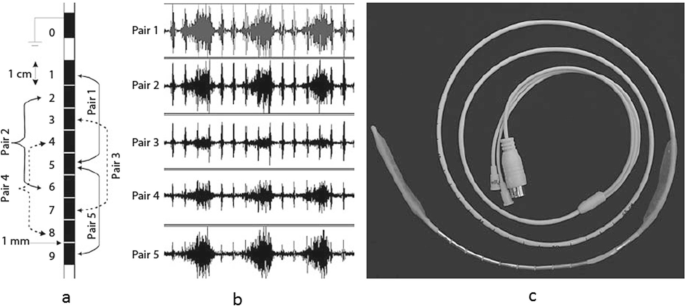
Have insulin-dependent diabetes mellitus.Have breathing problems, including asthma, sleep apnea, chronic obstructive pulmonary disease or other lung diseases and disorders.You may not be a candidate for vagus nerve stimulation if: Who should not receive vagus nerve stimulation (VNS)? They can adjust the programming to lower the amount of stimulation. If the stimulation bothers you in any way, call your healthcare provider. However, you may have a tickling feeling in your throat or neck, your voice may become hoarse or you may have a mild cough when the stimulation is on. You’re usually unaware when the device is on or feel the stimulation.
What does it feel like to have the vagus nerve stimulation device? Stimulate the motor cortex area in your brain, which controls your ability to move your arms and hands.Alter the level of specific neurotransmitters in your brain that play a role in regulating mood.Īs an aid for stroke rehabilitation, VNS is thought to:.Increase the level of neurotransmitters (specifically norepinephrine and serotonin) in your brain that may control seizure development.Īs an aid to manage depression, VNS is thought to:.Alter the chaotic electrical pattern that happens during a seizure.Improve blood flow to critical areas of your brain.Researchers don’t know precisely how vagus nerve stimulation (VNS) works.Īs an aid to control seizures, VNS is thought to: Technically, how does vagus nerve stimulation (VNS) work? VNS is approved as an add-on to rehabilitation therapy for people who have moderate to severe loss of arm and hand function due to ischemic (blocked blood flow) stroke.VNS is approved for adults 18 years of age or older who have long-term or recurrent (repeating) major depression that hasn’t responded to four or more antidepressant treatments.VNS is approved as add-on therapy for focal (partial) seizures in adults and children four years of age and older when medications haven’t controlled their seizures.Food and Drug Administration (FDA) has approved vagus nerve stimulation (VNS) to treat three medical conditions. What conditions does vagus nerve stimulation (VNS) treat? Your vagus nerve is part of a circuit that links your neck, heart, lungs and abdomen to your brain. Both start at your brainstem and pass through your neck to your chest and abdomen. You have one vagus nerve on each side of your body. Your vagus nerve is cranial nerve X (10) and is the longest cranial nerve. They control many of your body's functions. Your vagus nerve is one of 12 pairs of cranial nerves that send electrical signals between your brain and different parts of your neck, head and torso. Where is the vagus nerve and what does it do? More recently, VNS has been approved as a rehabilitation aid for select people who’ve had a stroke. The use of VNS is limited to a select group of individuals who have treatment-resistant epilepsy or treatment-resistant depression.

NERVE STIMULATOR PROFESSIONAL
VNS is a treatment option that you and your healthcare professional might consider after other traditional treatments haven’t been successful. In fact, VNS is sometimes called a “pacemaker for the brain.” Vagus nerve stimulation works like a pacemaker for your heart. After reaching your brainstem, the electrical charge is discharged to different areas of your brain to change the way brain cells work. Vagus nerve stimulation involves implanting a device that sends regular, mild pulses of electrical energy to your brainstem through your vagus nerve in your neck.

Vagus nerve stimulation (VNS) is a type of neuromodulation, which is a treatment that alters the activity of nerves.


 0 kommentar(er)
0 kommentar(er)
